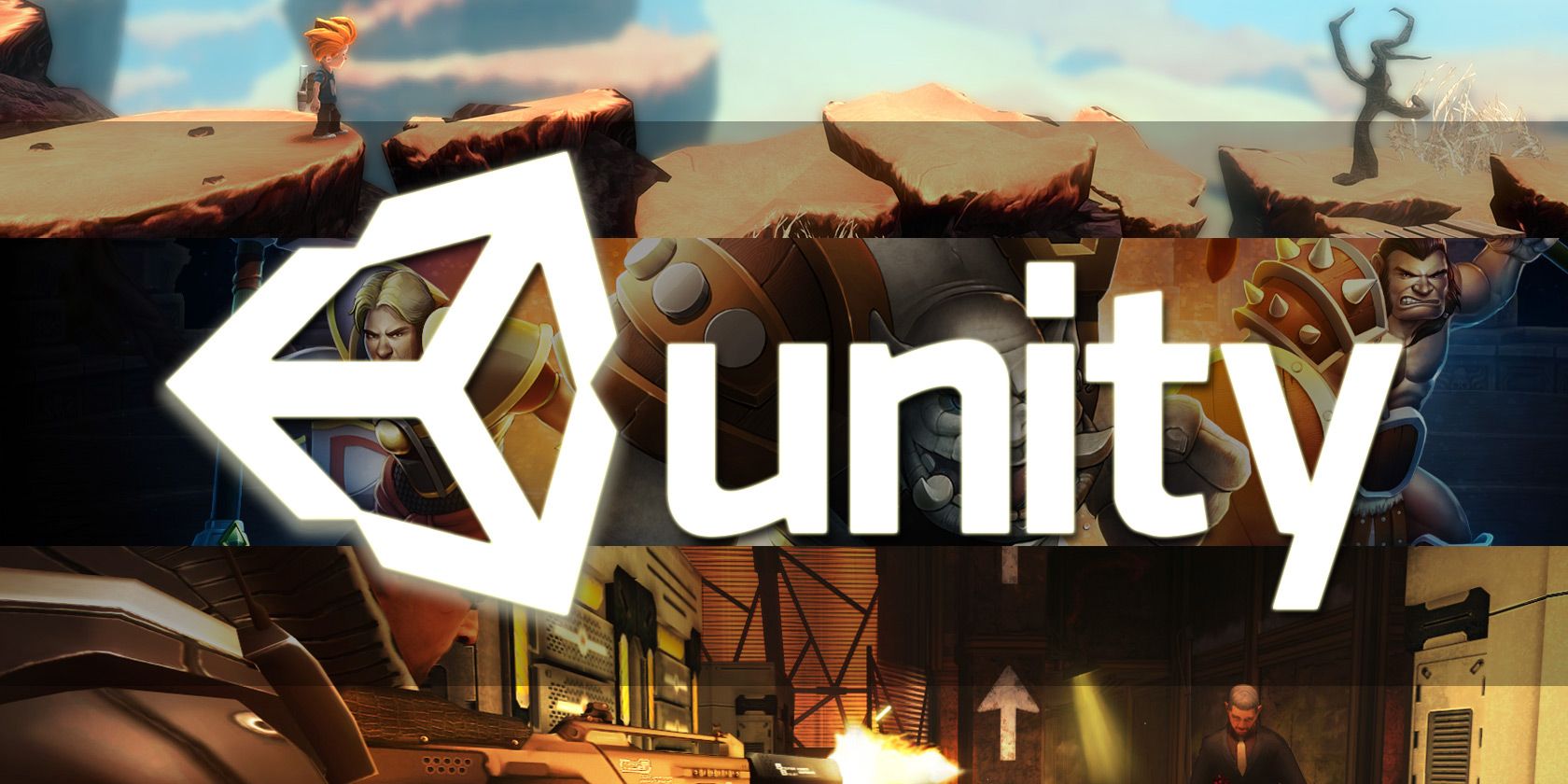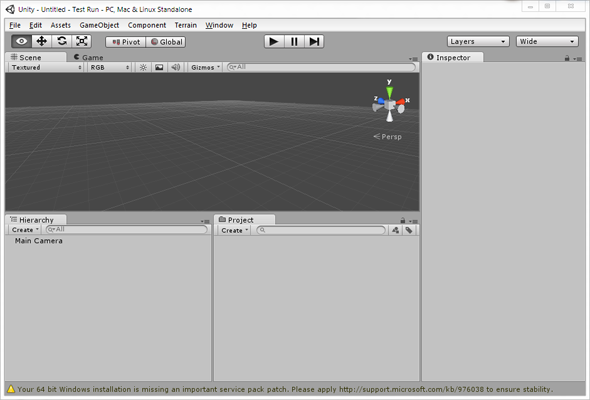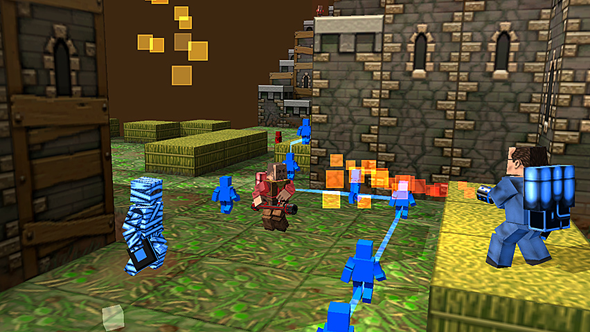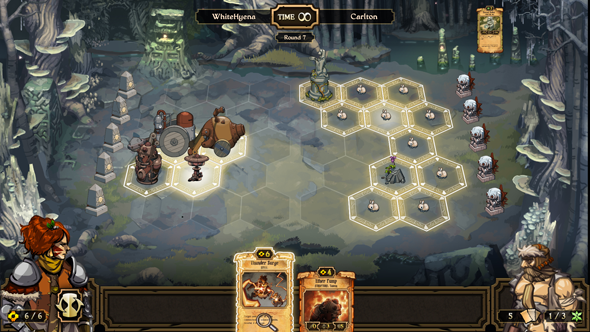The world of video games has gone through many changes in the relatively short time it’s been around. First it was cutting-edge with Pong and Pac-Man. Over time, it became nerds-only, then boys-only, and now people from all demographics are enjoying games that range from mobile gaming to Flash gaming to competitive gaming. But recently, there’s been a growing popular trend towards developing video games, not just playing them.
There are plenty of free game development tools out there and many of them are super easy to use. However, for the longest time, game development tools suffered from one huge problem: limitations. When you code a game from scratch, you have absolute freedom to do whatever you want. When you use a creation tool, you’re limited to what that tool can do. That issue, however, is quickly becoming a moot point thanks to Unity3D.
What Is Unity3D?
Unity3D is a powerful 3D engine that has been in official development since 2005. Originally, it was specifically designed to help developers build their projects on Mac computers, but widespread support drove them to start supporting other platforms as well. But Unity3D is more than just a codebase - it’s a full-featured environment complete with hundreds of tools that aid in rapid game development.
You can see in the screenshot above that the application editor is split into numerous panels:
- A Scene panel that shows a visual representation of all Game Objects in the current Scene. Unity3D divides a game into multiple Scenes and each Scene can represent a different game state, such as the Main Menu, Level 1, Level 2, and a Game Over screen. With this panel, you can manipulate Game Objects through moving, resizing, rotating, etc.
- A Game panel which becomes active when you give your game a test run. Yes, Unity3D allows you to run your game directly from within the editor, which means extremely fast testing and debugging cycles.
- A Hierarchy panel that lists all of the different Game Objects in the current Scene. Game Objects can be set as children or parents of other Game Objects, resulting in an easy way to keep everything in a Scene organized.
- A Project panel that tracks all of the different files and Assets that are part of your project, including textures, sounds, scripts, models, plugins, etc.
- An Inspector panel that gives you details on the currently selected Game Object or Asset and allows you to edit those details if you wish.
You’ll be interfacing with these panels most often when using Unity3D - except when you’re scripting, of course - so don’t fret if it looks intimidating. You’ll pick it up quicker than you think.
Reasons to Use Unity3D
Unity3D isn’t the first full-featured game development environment like this. For example, the Unreal Engine 3 actually comes with a similar setup called the Unreal Development Kit. So why should you choose Unity3D over the alternatives?
- FREE. If you can’t afford it, you can’t use it. Fortunately, Unity3D comes in a Free version and a Pro version. But unlike most programs with multi-tiered payment systems, Unity3D’s Free version is feature complete, NOT crippled. You miss out on a few advanced features, but you can make full games without ever paying a cent.
- Easy to Learn. You would think that a game development environment would require you to understand engine structure and code organization, but Unity3D introduces a new paradigm. All you have to do is create scripts and attach them to individual Game Objects. The scripts determine a Game Object’s behavior, and interaction between Game Objects is the basis of your game.
- Multiple Languages. Unity3D scripts can be written using three different languages: UnityScript, C#, and Boo. UnityScript is actually a customized version of JavaScript, so if you have JavaScript experience, you’ll be able to pick it up in no time at all.
- Lots of Tutorials. Because Unity3D is so popular, there are plenty of resources out there for helping you get started. The official website has a few basic guides. After that, you can explore user-created tutorial series such as Unity Cookie, UnityScript Basics, GamerToGameDeveloper, and more.
Long story short, Unity3D has everything you need as a game developer - whether newbie or veteran - to get you up and running and developing your game in as short a time as possible. It really is the best rapid game development tool you can find for free.
Unity3D Features
What exactly can Unity3D do? It’s nice that it’s free, but does it really live up to user expectations? Can it do everything you want it to do? How flexible is it? For that, we’ll have to take a look at Unity3D’s feature set.
- Cross Platform Export. Unity3D can export games to numerous gaming platforms, including Windows/Mac/Linux, Android, iOS, Windows Phone, Xbox 360, Playstation 3, Wii, Wii U, and web players. This is exceptionally useful if you want to create a single game for multiple platforms since you can easily export between them with just a few tweaks.
- Rendering. Art assets can be directly imported from 3DS Max, Maya, Blender, ZBrush, Cinema 4D, Photoshop, and more. Unity3D supports bump mapping, reflection mapping, advanced lighting, shaders, and other rendering effects. And yes, despite its name, Unity3D can be used to create beautiful 2D games.
- Physics. Unity3D natively supports Nvidia’s PhysX engine for fast and accurate physics simulations between Game Objects, including real-time cloth simulation, thick ray casts, and collision layers.
- Networking. Unity3D natively supports RakNet’s UDP networking library, which means you can create multiplayer games with ease.
- Asset Store. Don’t have any artistic abilities? Don’t have an artist either? With Unity3D’s Asset Store, you can download from a database of various assets that other users have submitted. A lot of these assets cost money but you can find some great free ones.
Conclusion
If you’re into game development, or you want to get into it, then there’s absolutely no reason why you shouldn’t check out Unity3D. It’s been around for a long time and its popularity is only on the rise, so you can expect to see even greater features and advancements as the years go by.
Have you used Unity3D before? If you haven’t, will you now? What do you think about it? Please share your thoughts with us in the comments!




